Traveling With A Bad Bladder
Traveling is getting harder. Things are more expensive. Airports are crowded. Flights are oversold. Luggage gets lost. The last few times I’ve flown, my carefully chosen direct flight was changed to a flight with a layover, and there was little I could do about it. But I still love to travel. I’m so glad that that quarantine part of the pandemic has faded, and airline travel is an option again. I like the excitement of new places. And the joy of seeing family and friends. I recently traveled with my family back to the Midwest for my mother’s 80th birthday. This was a short but fabulous trip. Our arrival was a surprise to her and well worth the price of a redeye flight. But in the middle of the chaos of traveling with tired teens (granted, we did leave after a varsity soccer game and cross-country practice), I thought about traveling with an unhappy bladder. Bladder leaking and bladder frequency can make travel that much harder. I know many women who chose to stay home because of their leaking. Here are my four tips to ease your way through the stress of the airport and flight.
Know your bladder irritants
I’m not asking you to recite all the things that can irritate the bladder. Rather, I want you to know what irritates your own bladder. Is it a second cup of coffee in the morning? This is a good day to skip it. Is it a glass of orange juice? Pick something else. Maybe a peach or sparkling water? Yep, skip that too.
The list of bladder irritants is long. It includes things that are well known, like coffee and caffeine but also includes chocolate, artificial sweeteners, citrus, tomato-based foods, spicy foods, and carbonation (see the extended list here https://nafc.org/diet-habits-for-bladder-health/). Not all of these foods impact all bladders. It is important for you to take the time to determine what impacts YOUR bladder.
There are two different ways to do this. They both work equally well, and you can pick the method that suits you best.
- You can eliminate one food at a time and keep a journal of the impact on your bladder.
- You can eliminate all bladder irritants and then add them back into your diet one at a time. You still have to journal the impact on your bladder. When you find something that really increases your bladder symptoms, please remove it from your diet and keep working through the list.
The key here is to keep a journal with detailed results of your findings. And when you have identified. Your bladder irritants are, and you can make educated choices. For example, if the second cup of coffee always created urgency for you, you may always cut out that second cup of coffee. Or you may choose to have a second cup on Sunday mornings when you are lounging at home, and the symptoms don’t really matter. All of this knowledge is power for you. It gives you more tools in your toolbox.
Know all about urge suppression
Urge suppression is a technique used to minimize that strong “gotta go” feeling that your bladder can give you. I recently asked a group of physical therapists the following question:
“What is the most important technique that you teach for urgency urinary incontinence or overactive bladder?”
Every single one said urge suppression. It would help if you had a strong pelvic floor (you knew that was coming!) and some practice to use this technique.
In urge suppression, we ask you to do five quick pelvic floor contractions. These contractions squeeze the pelvic floor, which reflexively tells the bladder to relax. While you are waiting for the bladder to relax (it never happens as quickly as you want it to), you need to distract yourself (some women use deep breathing, some think of a happy place, wait for the urge to pass, and then slowly go to the bathroom. This technique works really well, but you need some practice before you can master it. And you need to know that you can do a pelvic floor contraction correctly. It works best if your pelvic floor is strong. If you want more information on urge suppression, look here https://thewomensbladderdoctor.com/urge-suppression/.
Ask for medication.
There are lots of medications that we use to treat overactive bladder or bladder urgency and frequency. The anticholinergic group is short-acting. We usually prescribe these to be taken daily, but you can also take them as needed. I once had a patient who only took the medication when she was with her granddaughter. She felt she was spending too much time in the bathroom, and it was safer for her to babysit while taking these medication. It is also okay to take these medications while traveling only.
A word of caution, though, you should never take a medication for the first time on a plane. I always ask my patients to try a medication when they are at home- just so they know what the medication feels like, what it does, and what side effects you might experience. Then you can decide if the benefits outweigh the risks. You don’t want to have a new side effect on a plane or when you are far away from home. This is definitely something that you can talk to your doctor about. These medications do have a small risk of memory issues in older women. The risk increases when you take a higher dose and when you take the medicine for a long time. Taking the medication in an “as needed” fashion like this minimizes the cumulative risk of memory issues.
Wear incontinence underwear
Avoiding bladder irritants and trying a medication can prevent bladder urgency, frequency, and associated leaking. Urge suppression helps you control the urge and minimize the chance that you will leak. But what happens if these techniques don’t work as well as you want? Best to have a safety plan. Your anxiety about leaking will be much less if you are wearing incontinence underwear or even a pad, just in case. I always like to have a backup plan.
So those are my three takeaways. KNOW your irritants, perfect your URGE SUPPRESSION and TRY a medication. Using all of these techniques can really improve your travel experience. And try to get that ever-popular aisle seat!
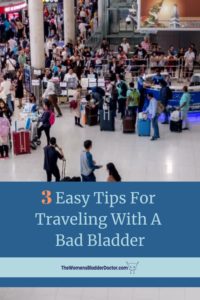

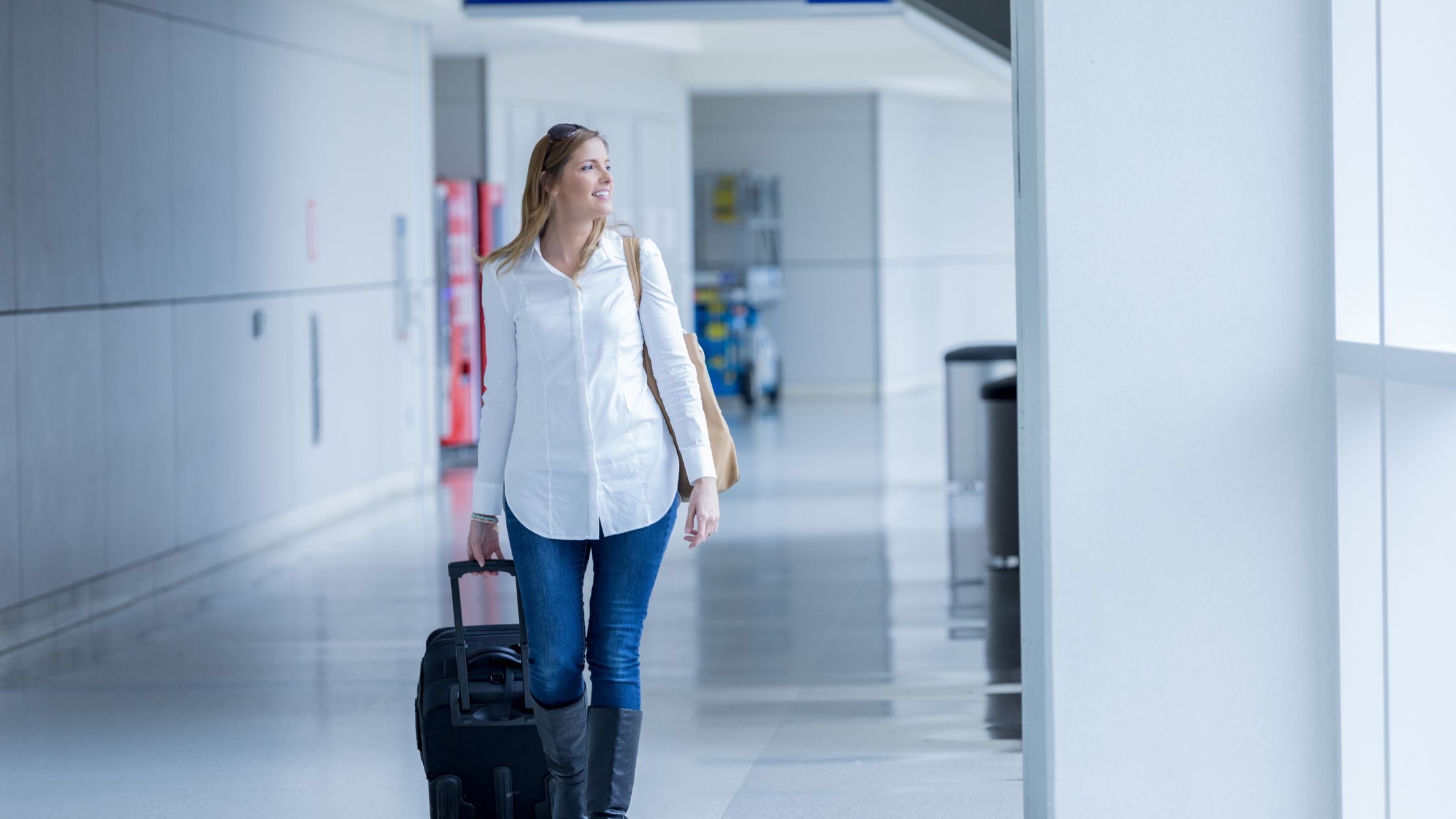

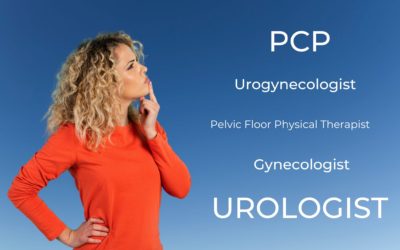
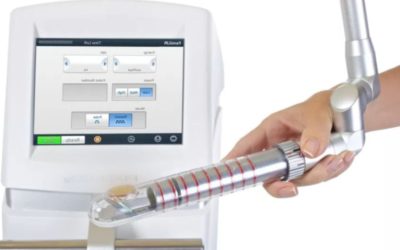
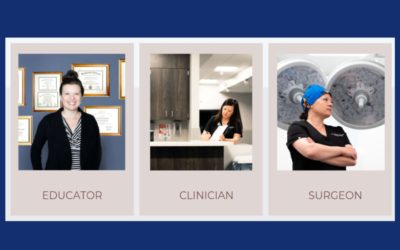
0 Comments